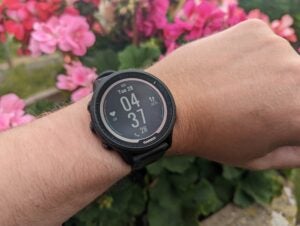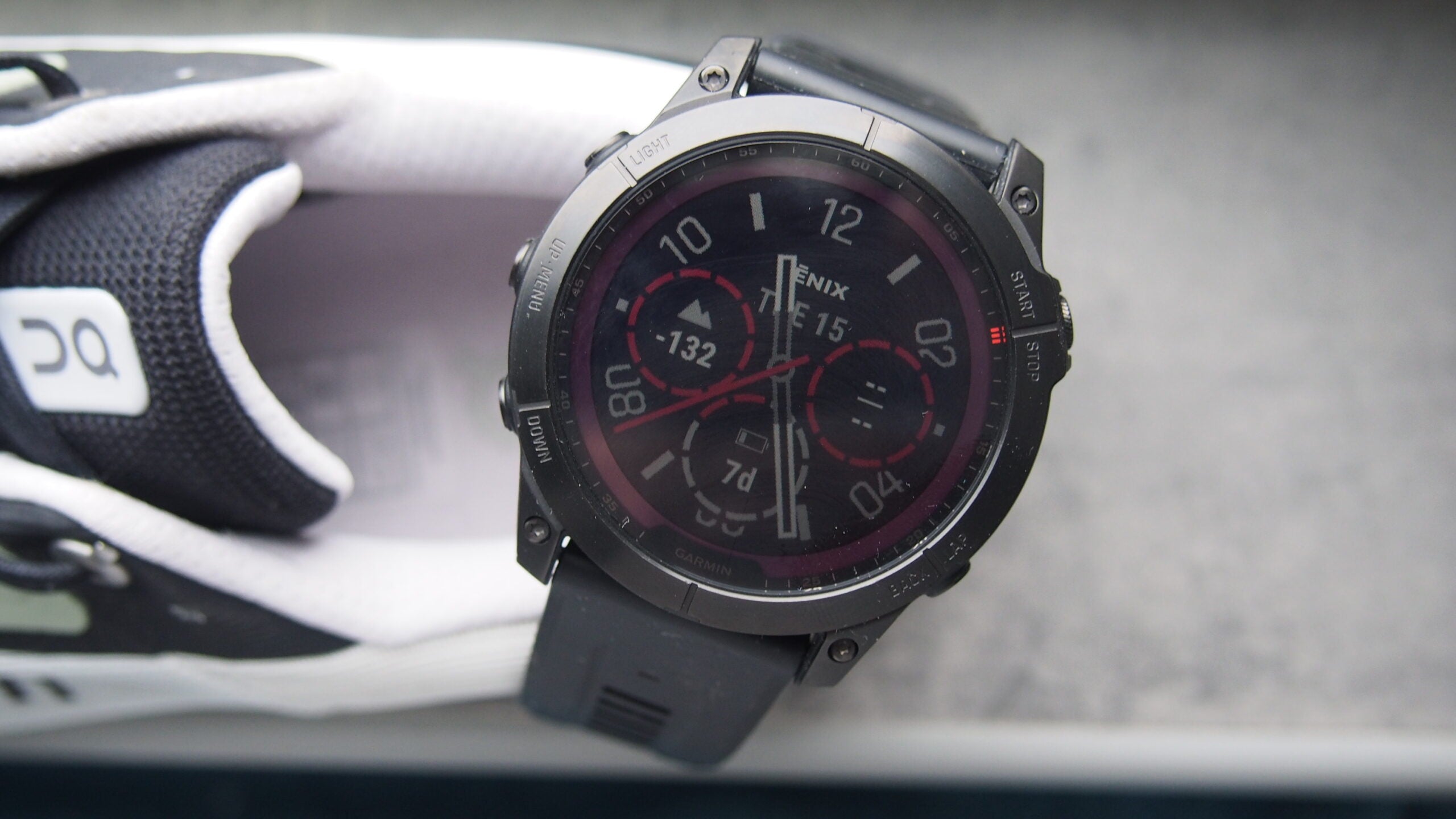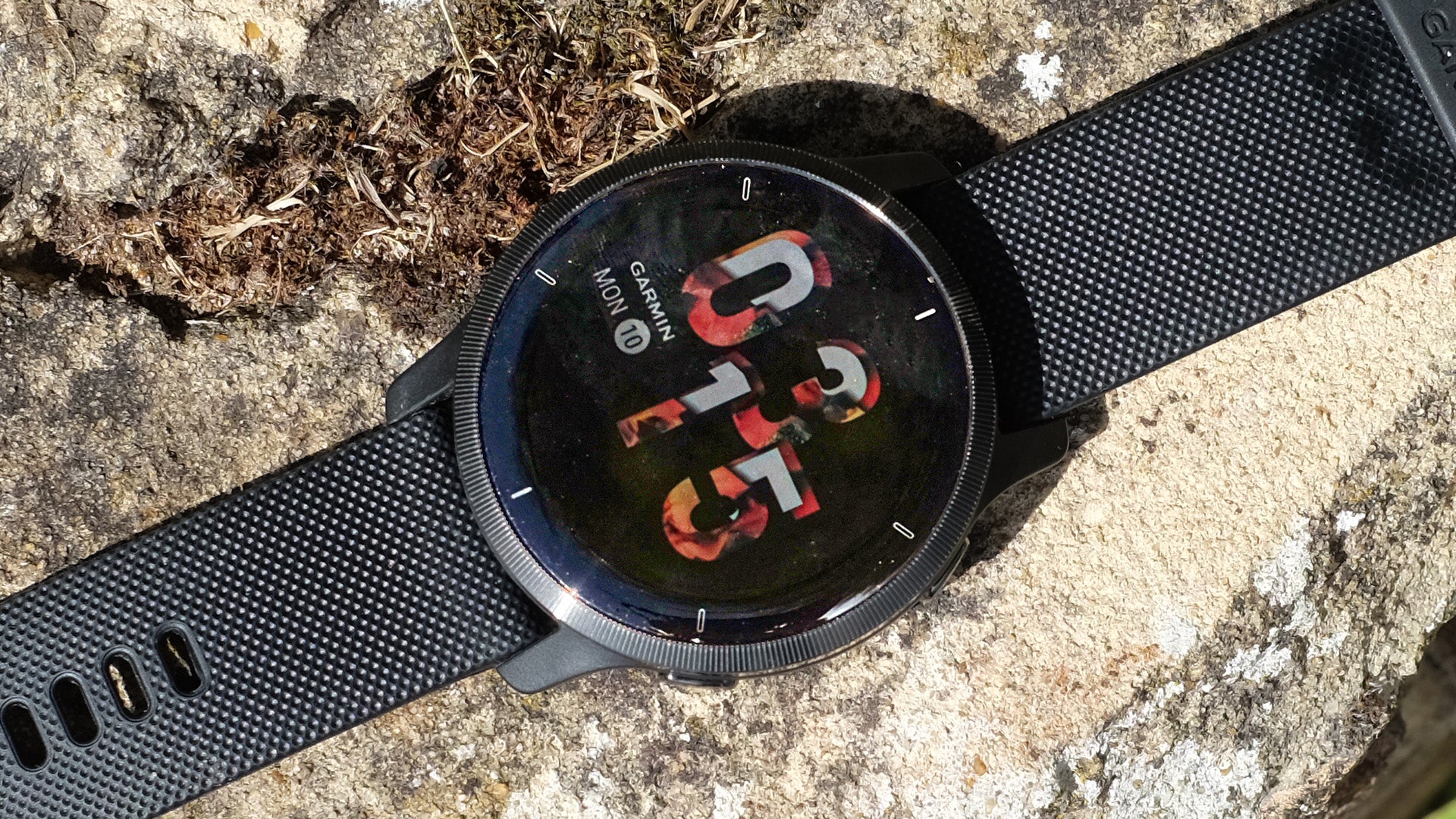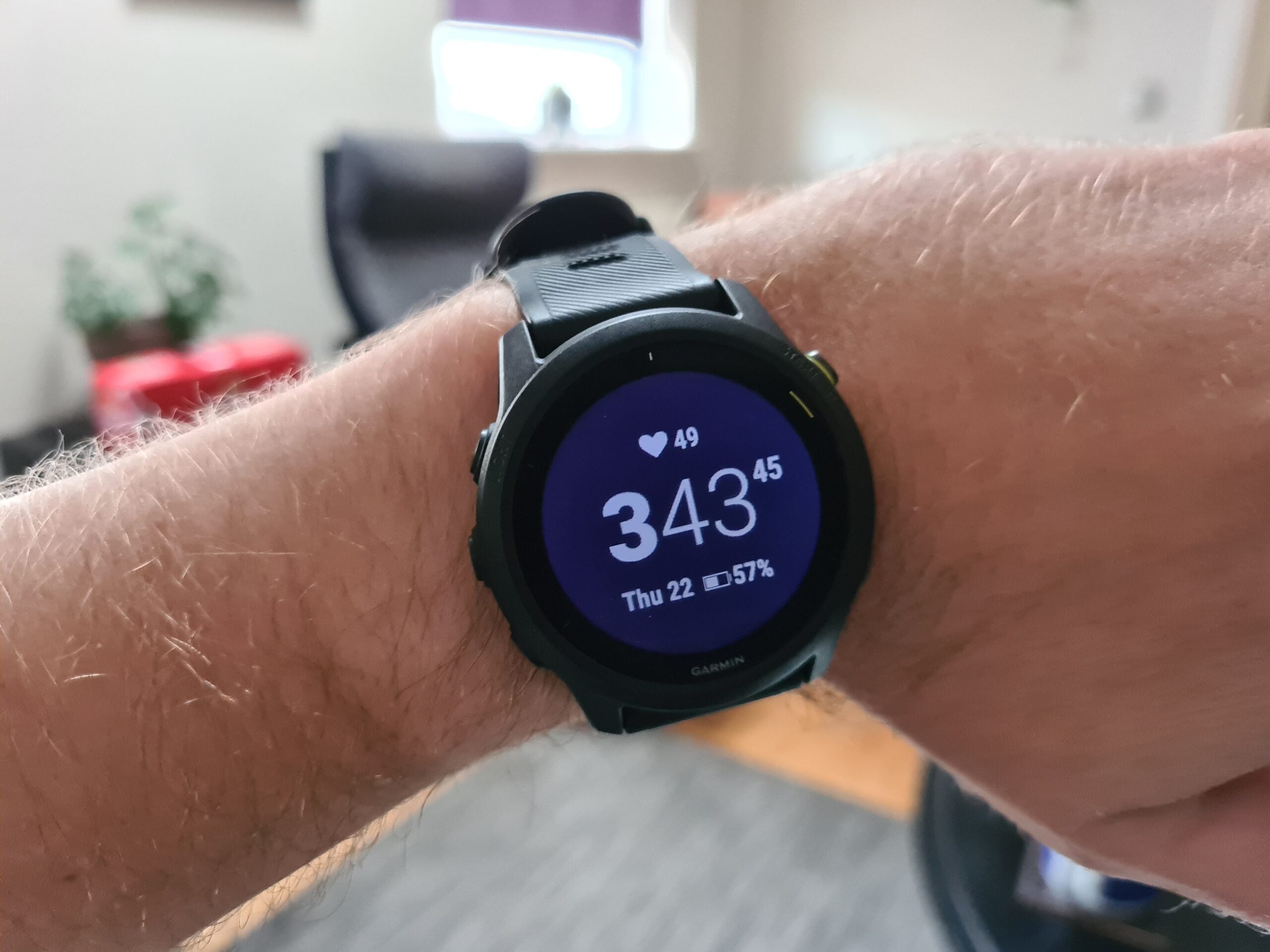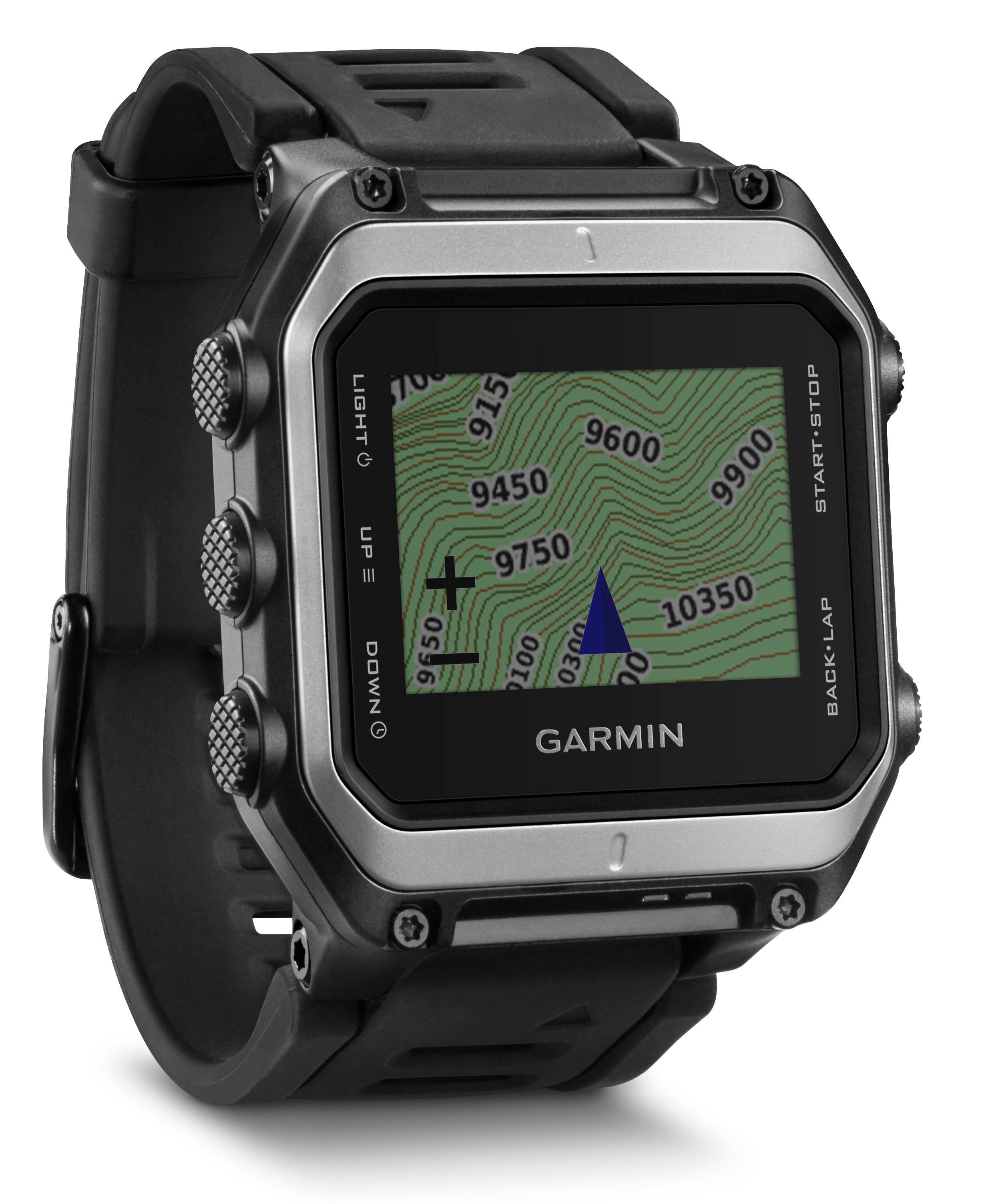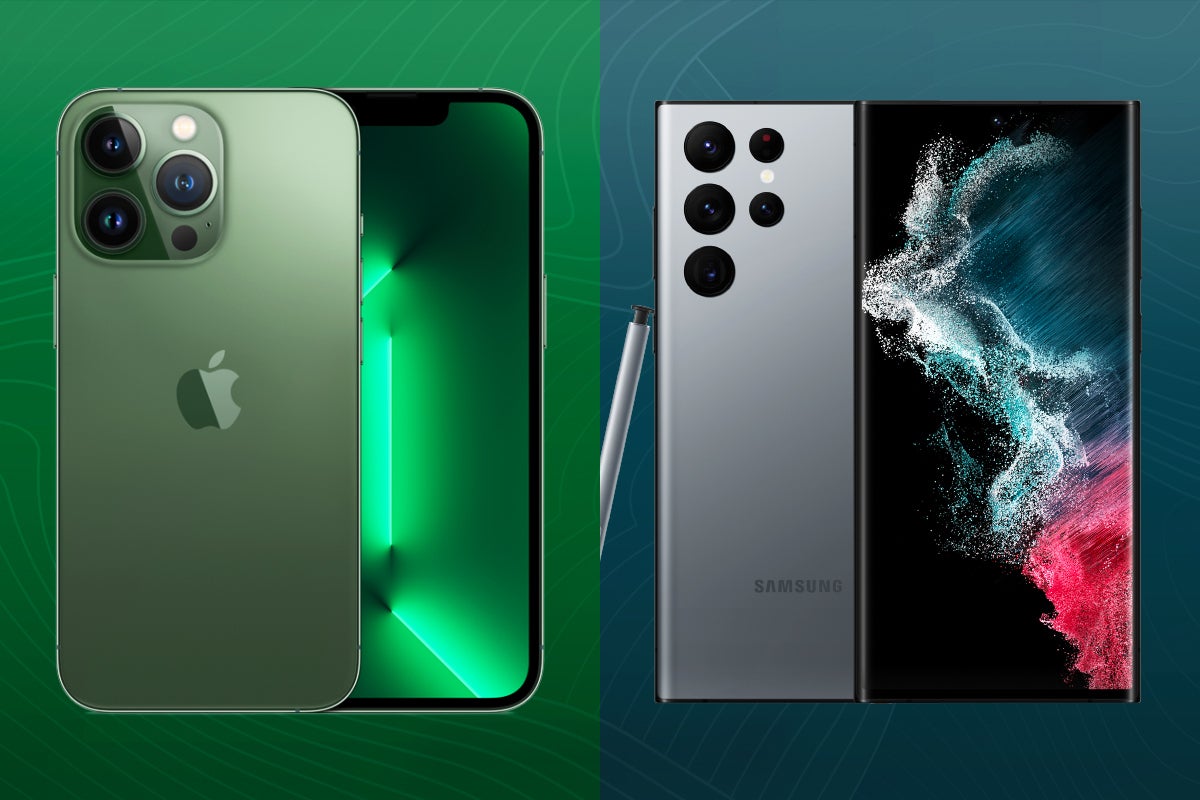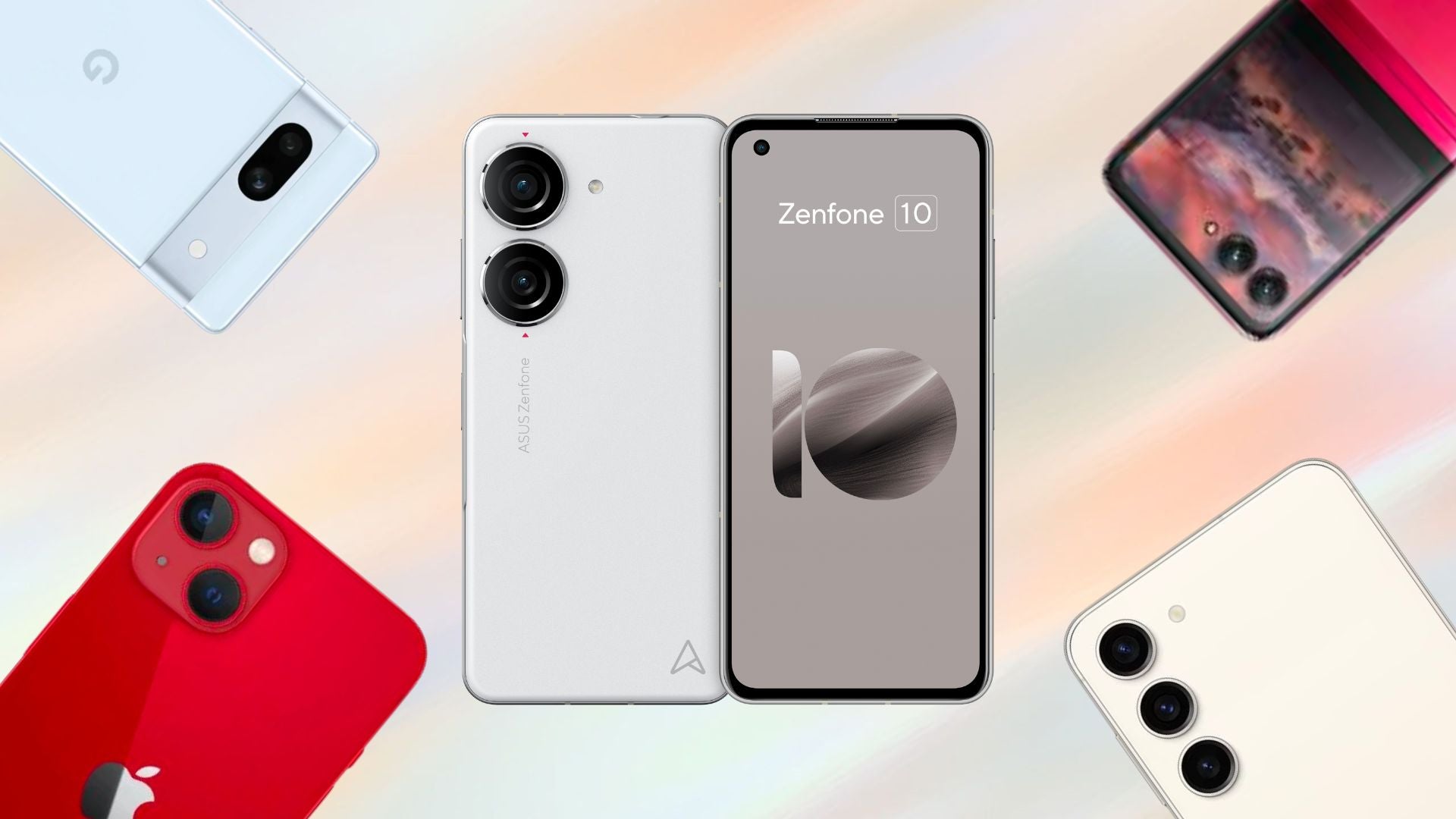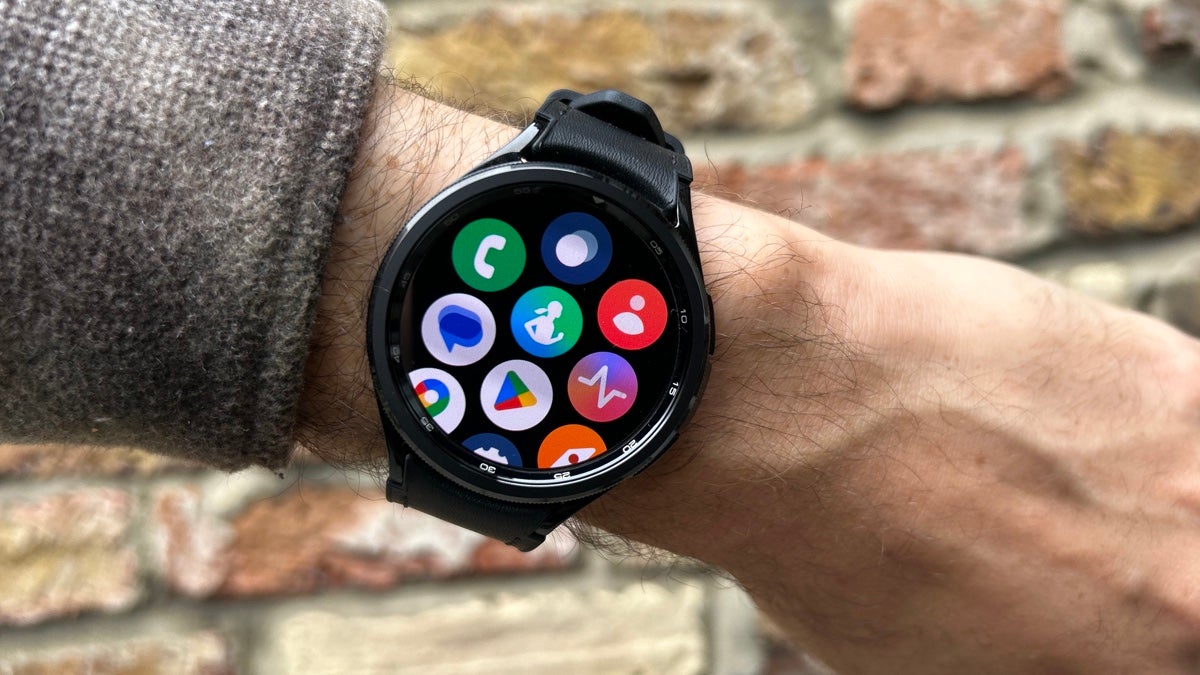Best Garmin Watch 2024: Get fit with these top Garmin picks

No company does fitness tracking quite like Garmin so if you want the best, these are the wearables worth checking out.
While there’s been increasing competition over the last few years with Apple finally getting in at the adventurer level with the Apple Watch Ultra 2, and newer Wear OS watches like the Pixel Watch 2 and the TicWatch Pro 5 hitting the market with surprisingly accurate heart rate sensors, Garmin still stands as one of the go-to brands for anyone who’s serious about fitness.
After all, if you want smartwatches that not only last for weeks instead of days, but also offer up tons of explorer features like on-device mapping and topography, as well as robust GPS connectivity designed to work in the great outdoors then Garmin is really your only option.
The one issue is that Garmin’s finest tend to come with a fairly steep asking price. This won’t be an issue for a lucky handful of people out there, but for anyone on a budget who’s interested in buying a Garmin, these flagship models will more than likely be out of reach. It’s not a complete write-off however, as Garmin does have plenty of wearables at the mid-range and even budget levels to suit a wider price range.
Devices like the Garmin Venu 3 go head to head with the Apple Watch, while the affordable Garmin Vivosmart 5 is a great Fitbit alternative. To get a better idea of which Garmin wearable is right for you, have a look at our official breakdown below.
If you’re still unsure as to whether a Garmin is truly right for you, there are plenty of alternatives out there covered in our round-ups for the best fitness tracker and best running watch.
Which is the best Garmin Watch?
- Best high-end option: Garmin Epix Pro (Gen 2) – check price
- Best for serious runners: Garmin Forerunner 955 Solar – check price
- Best all-rounder: Garmin Venu 3 – check price
- Best battery life: Garmin Enduro 2 – check price
- Bets for small wrists: Garmin Venu 2S – check price
- Best affordable option: Garmin Vivosmart 5 – check price
- Best mid-range option: Garmin Forerunner 265s – check price
- Best design: Garmin Vivomove Trend – check price
How we test
Every Garmin watch we test is used by the reviewer for at least a week – or longer, if the battery life lasts beyond that point or we need more time to trial its features. During testing we evaluate key metrics including usability, battery life, and the accuracy of fitness and distance tracking.
For distance tracking, we assess how accurately the device records outdoor runs on tracks we know the length of. We also evaluate the level of battery life lost per hour using features such as built-in or connected GPS. To check heart rate accuracy, we compare the results from the wearable to a dedicated HRM strap.
Next we combine the data recorded with our general experience of using the wearable day-to-day, revealing whether the device proved comfortable to wear, alongside any issues we may have encountered with unexpected bugs over the review period.
- Now comes in three sizes
- Good battery in always-on mode
- Great all-round sports tracking
- Useful flashlight
- New software features rolling back to Epix
- Not huge upgrade on original Epix
- HR sensor accuracy
- Weather overlays not used in tracking
- Snappy and accurate multi-band GPS connectivity
- Comfortable discrete design
- Local music playback
- Limited smartwatch functionality
- Great wellness features
- Premium build
- Superb battery life
- Lightweight sports metrics
- Some patchy sleep data
- Not as slick as Apple Watch/Samsung
- Full-colour mapping added
- New Multi-band mode boosts tracking accuracy
- Slightly refined design
- Expensive
- Design will still be big for some
- Smartwatch battery numbers are down
- Huge improvement on battery life
- The new UI is a pleasure to use
- Super-fast GPS connectivity
- Health snapshot is an ingenious idea
- There are more robust wearables for pro athletes
- Garmin Pay is still a letdown
- Reliable fitness tracking for the price
- Week long battery life
- Comfy gym-ready fit
- Screen is too small for most notifications
- Limited smartwatch functionality
- Vibrant and high quality AMOLED display
- Solid sports tracking performance
- Still strong battery life
- It’s more expensive than 255
- No cheaper music-free model
- Great look
- Well integrated digital display
- Impressive array of fitness and wellness features
- Handy wireless charging
- Fiddly to get to some sub-menus
- Not your typical big Garmin battery life
- Higher quality displays on other Vivomove watches
- Not much cheaper than Vivomove Style

Garmin Epix Pro (Gen 2)
The best high-end option
Pros
- Now comes in three sizes
- Good battery in always-on mode
- Great all-round sports tracking
- Useful flashlight
Cons
- New software features rolling back to Epix
- Not huge upgrade on original Epix
- HR sensor accuracy
- Weather overlays not used in tracking
If there’s one Garmin device that strives to include the best bits of all the other wearables under the company’s umbrella, it would be the Garmin Epix Pro (Gen 2). This high-end bit of kit is something of a Frankenstein’s Monster but in the best possible way – it incorporates the gorgeous AMOLED screen that has made the Venu series so popular, alongside the flashlight and high-end sports tracking of similar devices like the Fenix 7 Pro.
One of the key trade-offs is that for all of this functionality, the Epix Pro (Gen 2) is easily one of the priciest Garmin wearables out there, with a launch price tag of £829.99/$899.99, but if you can spare the expense then you’ll be treated to one of the most robust wearables Garmin has to offer.
For starters, the Epix Pro (Gen 2)’s fitness tracking capabilities are led by a new HR sensor that adds a touch more accuracy to the device’s heart rate readings, and in typical Garmin fashion you’ll find no shortage of workout and exercise types that can be tracked here.
With the aforementioned AMOLED screen in tow, the Epix Pro (Gen 2) feels a lot more like a traditional smartwatch than its predecessor as notifications and watch faces pop onscreen, all with more vibrancy than what you’ll find with more traditional memory-in-pixel displays on other Garmin tech.
If you find yourself running on darkened trails, you can also make use of the watch’s built-in torch which is surprisingly bright, and you can even instruct the torch to flash in a pattern, such as a strobe, beacon or blink. All of this amounts to one of Garmin’s most accomplished wearables yet.
Reviewer: Michael Sawh
Full review: Garmin Epix Pro (Gen 2) Review

Garmin Forerunner 955 Solar
The best for serious runners
Pros
- Snappy and accurate multi-band GPS connectivity
- Comfortable discrete design
- Local music playback
Cons
- Limited smartwatch functionality
The Forerunner 955 is one of the best wearables currently available to serious runners. During testing the device outright wowed our reviewer, with it sharing a lot of the same key features as the Fenix 7 despite being smaller and more lightweight (as well as cheaper) than it’s premium multi-sport sibling.
The smaller plastic chassis isn’t as rugged as the metal used in the Fenix, but its smaller dimensions and thinner body made it a lot more comfortable to wear, particularly during extended long-distance runs on 10km or more.
Under the hood it also supports multi-band GPS, which meant during our tests it was accurate when tracking distances and uniformly offered equivalent data to the Fenix. During our 5km check we detected a maximum variance of just 0.1km, which is seriously good considering the fact our reviewer’s test track is in a busy signal area in London.
But it was the watch’s advanced post run analytics and coaching powers that really won us over. As well as tracking VO2 Max estimates, SpO2, and heart rate zones, the watch is also the first we’ve tested that can offer training recommendations based on upcoming events in your calendar.
Specifically the watch will factor races you’ve entered into its recommendations as well as the biometric data it collects. This, plus its custom training readiness metric, made it a lot easier for us to trust its recommendations and avoid overtraining ahead of races. The only thing stopping it from being our recommended tracker for all Garmin fans is that the plastic frame and lack of a Sapphire Glass option make it a poor fit for climbers, extreme sports participants, and watersports fans. For these, we have different recommendations.
Reviewer: Alastair Stevenson
Full review: Garmin Forerunner 955 Review
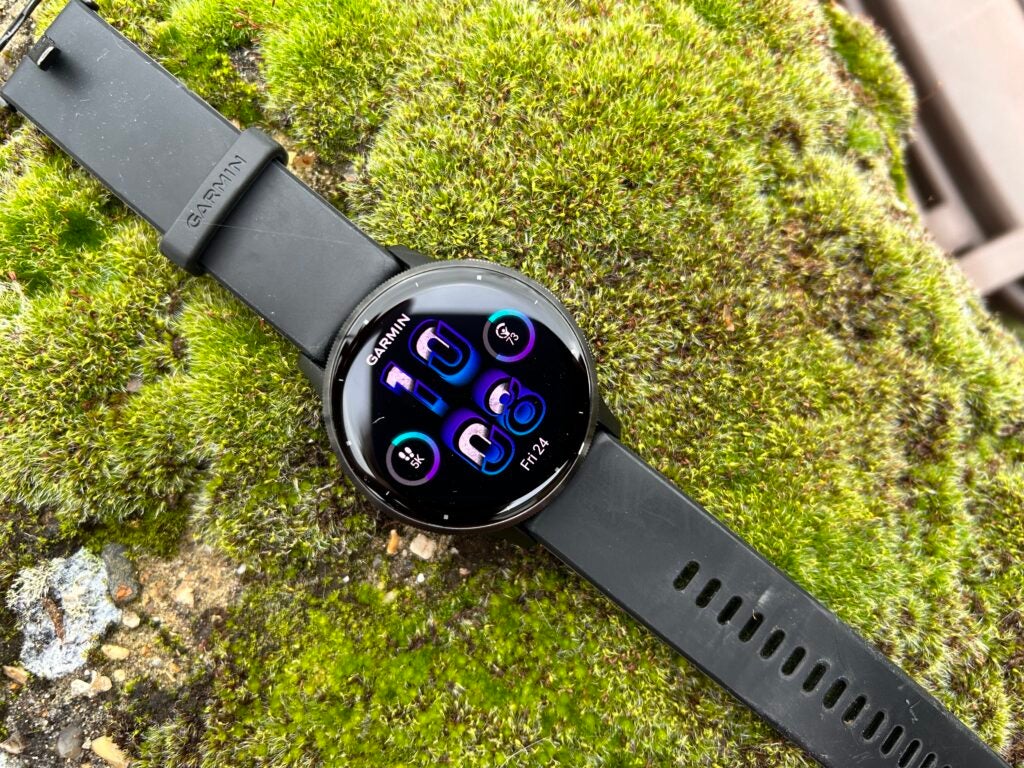
Garmin Venu 3
The best all-rounder
Pros
- Great wellness features
- Premium build
- Superb battery life
Cons
- Lightweight sports metrics
- Some patchy sleep data
- Not as slick as Apple Watch/Samsung
For anyone who’s eyeing up one of the mainline smartwatches like the Apple Watch 9 or the Samsung Galaxy Watch 6 – it’s the Garmin Venu 3 that’s the most easily comparable option from Garmin’s range, featuring a bit of everything which, while preventing it from excelling in one particular field, still allow it to be a great all-rounder that almost anyone can get on with.
Compared to some of Garmin’s more specialist picks, the Venu 3 actually looks like a modern smartwatch. The large 1.4-inch AMOLED touchscreen is easy to read outdoors, and its vibrant colours allow watch faces and menu screens to pop.
While the watch benefits from the same great fitness tracking features that Garmin is known for (and there are no shortage of workouts to run through either), it does go a step further in the realm of wellness, as animated widgets easily convey metrics like stress tracking and recovery progress.
To top it all off, the Garmin Venu 3 destroys Apple and Samsung when it comes to battery life, with the ability to run for up to 14-days on a single charge. Compare that with the 18-hour stint often quoted by Apple for its mainline wearables, and it’s easy to see how the Venu 3 might be a far more tempting proposition.
Reviewer: James Stables
Full review: Garmin Venu 3 Review
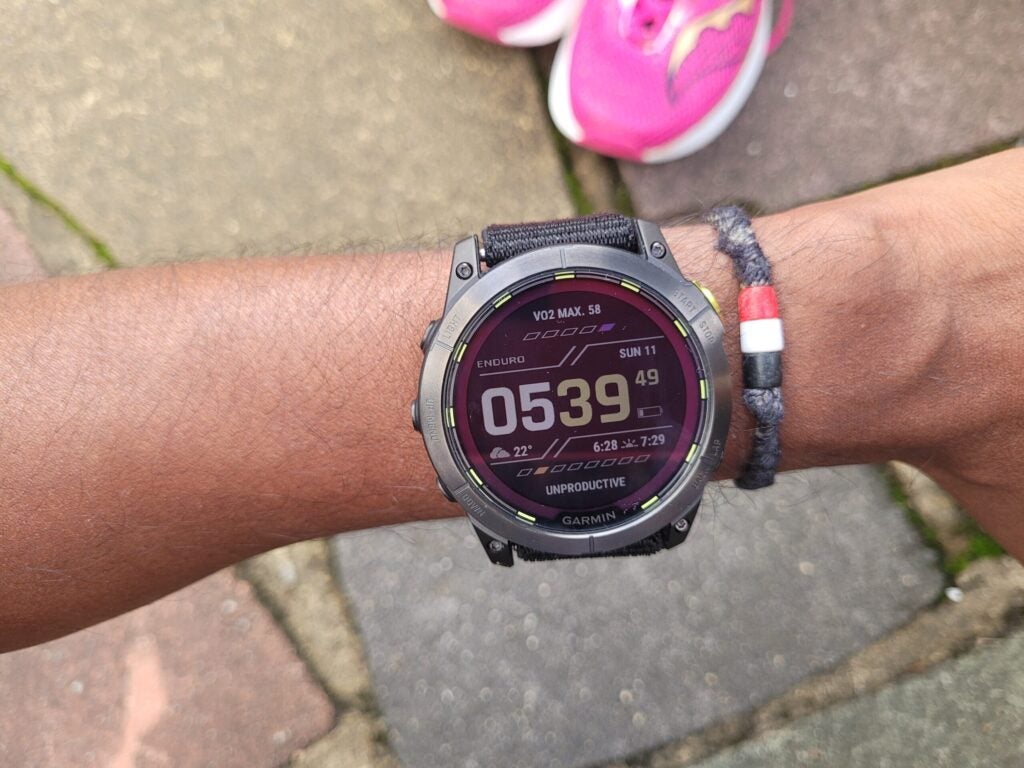
Garmin Enduro 2
The best for battery life
Pros
- Full-colour mapping added
- New Multi-band mode boosts tracking accuracy
- Slightly refined design
Cons
- Expensive
- Design will still be big for some
- Smartwatch battery numbers are down
The Fenix 7 is great, and the week-and-a-half battery life we recorded is excellent by comparison to most smartwatches that often struggle to last more than a couple of days in our experience. But if you want a Garmin watch with the longest battery life possible, then the Garmin Enduro 2 is our recommendation for you.
The Enduro 2 is a dedicated wearable from Garmin with a singular focus: offering the best possible battery life. Garmin quotes the watch as offering 34 days of general use and 100 hours worth of battery life with GPS active. We found the claims rang true during our review process, too.
Offering a near enough core tracking experience to the Fenix, the Enduro 2 is a great option for ultramarathon runners or people who like to take multi-day hikes or cycles. There are a number of upgrades over the original Enduro 2, such as the inclusion of offline music playback from the likes of Spotify and Deezer.
Reviewer: Michael Sawh
Full review: Garmin Enduro 2 Review

Garmin Venu 2S
The best for small wrists
Pros
- Huge improvement on battery life
- The new UI is a pleasure to use
- Super-fast GPS connectivity
- Health snapshot is an ingenious idea
Cons
- There are more robust wearables for pro athletes
- Garmin Pay is still a letdown
One consistent criticism our reviewers have mounted at Garmin wearables is that, while they’re great fitness trackers, they’re admittedly not the prettiest of devices. The majority offer utilitarian, chunky designs that focus on performance and not their looks. This has meant that some of the team with smaller wrists, and a degree of fashion sense, have often opted for other more discrete looking trackers from the likes of Fitbit.
Thankfully, Garmin has fixed this problem with the Venu 2S which is our recommended option for people who don’t want a chunky watch. Venu is Garmin’s fashion-focused line of wearables, and the 2S is the best option in the line-up that we’ve tested. Out of the box its thinner, circular design and OLED screen immediately made it feel more like a smartwatch than the other options on this list.
Though it doesn’t track the same amount of sports or metrics as the Fenix, for mid-to-entry level athletes its activity and post workout analytics are more than good enough. We found the GPS to be suitably reactive and accurate to track 5km runs and the odd cycle. Offline music and Spotify support are also welcome features that are rare on wearables at this price. The only downside is that it’s not quite as rugged as the Fenix or Enduro, so if you regularly engage in extreme sports then you’ll be better off looking elsewhere as a result.
Reviewer: Thomas Deehan
Full review: Garmin Venu 2S Review
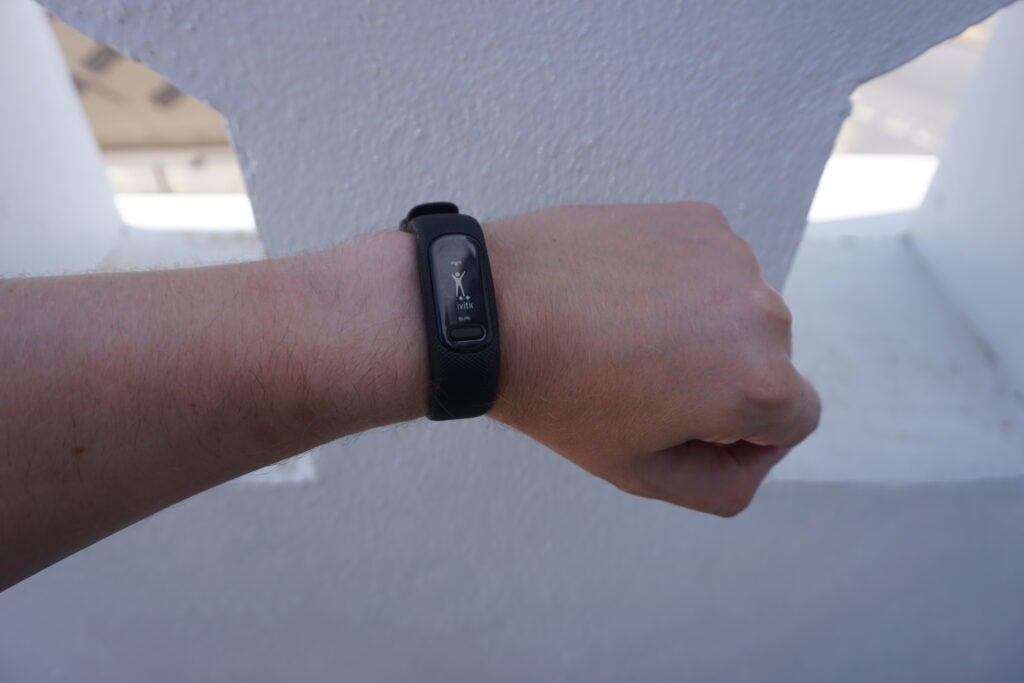
Garmin Vivosmart 5
The best affordable option
Pros
- Reliable fitness tracking for the price
- Week long battery life
- Comfy gym-ready fit
Cons
- Screen is too small for most notifications
- Limited smartwatch functionality
If you’re after an entry level tracker that won’t break the bank then Garmin’s Vivosmart 5 is one of the best on the market.
The discrete band design is wonderfully comfortable to wear, and it still offers all the analytics and features an entry level runner or a gym newcomer will need. During testing we found that the watch is capable of tracking all the basic activities well, supporting indoor and outdoor running, cycling plus basic cardio and swimming.
As an added bonus, while it doesn’t have local music or Spotify support, the Vivosmart 5 can at least be used to control music being streamed from a phone. We found this feature particularly useful when treadmill running, as it saved us from having to awkwardly paw at our phone when an unwanted track made its way into the playlist.
Post-workout analytics are stripped down to make them understandable, but offer all the detail you need to make a difference. Highlights include your intensity minutes plus useful metrics like your body battery, VO2 Max estimate, and fitness age. These are rare insights for a wearable at this price. Fitbit, by comparison, hides some of them behind a paywall.
The only real compromise we noticed is that due to the lack of untethered GPS connectivity, distance tracking when running outdoors could be a little hit and miss. Without a connected GPS the wearable had a tendency to add or remove around 0.3km from our 5km runs.
Reviewer: Alastair Stevenson
Full review: Garmin Vivosmart Review

Garmin Forerunner 965
Best mid-range option
Pros
- AMOLED screen is a great addition
- Battery life doesn’t suffer greatly from the new screen
- Still great all-round sports tracking
Cons
- Very similar features to the Garmin 955
- It’s more expensive than the 955
- No solar option
Building upon the incredible foundations of the Garmin Forerunner 955, the 965 feels like a more premium watch overall, even if there is a higher price tag to contend with.
For starters, the big highlight feature of the Forerunner 965 is its new AMOLED display which finally brings Garmin’s mid-range wearables into the modern age. With that display, everything from running data to watch faces leap off the screen with incredible colour, and the display itself is able to get a lot brighter than the transflective display of old.
While AMOLED technology is more power-intensive, the battery doesn’t suffer greatly from the upgrade. In our testing, we were able to reach 23-days of use in ‘smartwatch’ mode, and an impressive 31-hours when maintaining an unbroken GPS connection. Those are still some impressive numbers, and just the kind of stats that marathon runners will appreciate.
Unfortunately, there isn’t much more beyond that that separates the Forerunner 965 from its predecessor, so if you own a 955 then we don’t recommend upgrading solely to benefit from that AMOLED display. The 965 is best suited for someone upgrading from a much older watch or who might be looking to buy their first serious Garmin wearable.
With that said, the 965 still benefits from all of the tracking features that made the 955 so popular in the first place. Heart rate tracking is solid, and multiband GPS offers highly accurate data when looking back at your route post-workout. It’s also worth noting that maps are now easier to read thanks to the more vibrant display.
Reviewer: Michael Sawh
Full Review: Garmin Forerunner 265 Review
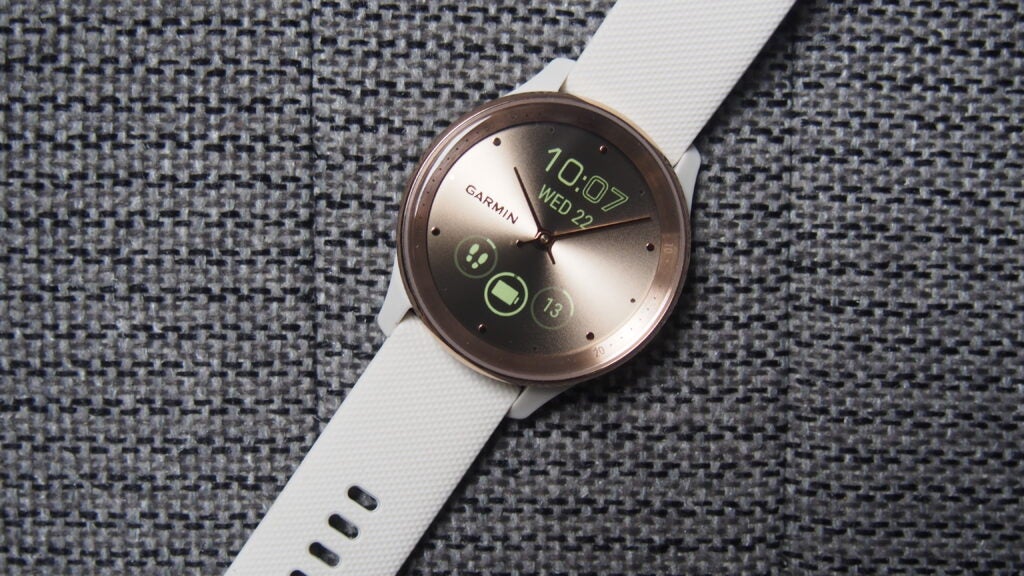
Garmin Vivomove Trend
Best design
Pros
- Great look
- Well integrated digital display
- Impressive array of fitness and wellness features
- Handy wireless charging
Cons
- Fiddly to get to some sub-menus
- Not your typical big Garmin battery life
- Higher quality displays on other Vivomove watches
- Not much cheaper than Vivomove Style
While they’re known for their sports and fitness prowess, Garmin wearables aren’t particularly favoured for their aesthetic which tends to be more functional than fashionable. If you’ve been hoping for a more fashion-conscious wearable that also includes Garmin’s tracking features then look no further than the Garmin Vivomove Trend.
This hybrid smartwatch combines the watch dials of a traditional timepiece with the digital functionality of a modern wearable thanks to the touchscreen that lies beneath the aforementioned dials. When you want to scroll through the Vivomove Trend’s menus, the watch dials will simply move out of the way to give you an unobstructed view of the onboard apps.
The only major letdown here is that the amount of fitness tracking features can’t quite compete with Garmin’s high-end wearables, but the Trend does excel in the realm of wellness tracking which is just the ticket to help you keep an eye out on your stress levels throughout the day and to better pinpoint the main causes of stress.
You also get access to Garmin’s detailed sleep tracking data via the Garmin Connect app, which can go a long way towards helping you to establish better sleeping patterns and improving your recovery period after intense workouts.
As an added cherry on top, the Vivomove Trend is one of the few Garmin watches (and few smarwatches in general) to boast wireless charging, so if you have a Qi wireless charger then it’ll be compatible with the Trend right out of the box. If you’re sick of proprietary cables then this is an absolute Godsend.
It is worth mentioning that the more feature-packed Garmin Vivomove Sport is actually cheaper than the Trend and arguably a better option when it comes to fitness tracking. Still, the Trend’s unique design and wireless charging give it enough to set it apart from the crowd.
Reviewer: Michael Sawh
Full review: Garmin Vivomove Trend
We also considered…
FAQs
This varies between different Garmin watches. The top end Fenix devices are multi-sport focussed and can track everything from running to specialist extreme sports. More basic trackers in the firm’s Vivo-lines tend to focus on essentials and can only track standard activities like cardio, running, cycling and swimming.
Garmin is one of the best companies for accurate location and distance tracking, but many of its more affordable wearables do not have built-in GPS functionality. Instead, the cheaper wearables tend to have “connected GPS” which lets them offer GPS tracking using a paired smartphone.
Garmin wearables tend to have an overt fitness tracking focus and use the firm’s proprietary operating system. This means they do offer some smartwatch functionality, like alerts, music controls and weather reports, but don’t have the same app support as Apple’s watchOS or Google’s Wear OS devices.



